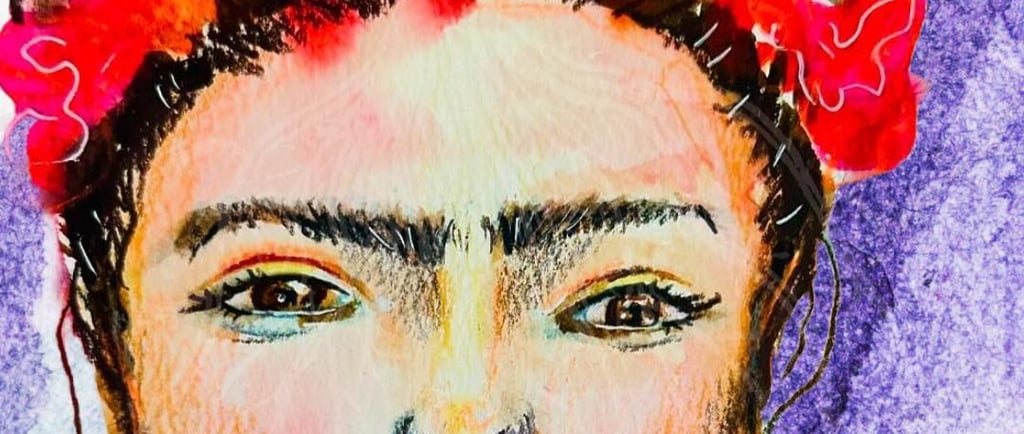The Relationship of Abstract Expressionism and Intuitive Art
3 min read


Abstract Expressionism and Intuitive Art are two artistic movements that have captivated audiences and artists alike. While they may seem distinct at first glance, there are intriguing connections between the two. In this blog post, we will explore the relationship between Abstract Expressionism and Intuitive Art, highlighting their similarities and differences.
Understanding Abstract Expressionism
Abstract Expressionism emerged in the mid-20th century as a response to the turmoil of World War II. Artists sought to express their emotions and experiences through abstract forms and vibrant colors. This movement emphasized spontaneity, gestural brushwork, and the liberation of the unconscious mind.
Artists like Jackson Pollock, Willem de Kooning, and Mark Rothko were at the forefront of Abstract Expressionism, creating works that were deeply personal and emotionally charged. These artists believed in the power of art to convey universal truths and connect with viewers on a profound level.
Exploring Intuitive Art
Intuitive Art, on the other hand, is often seen as a spiritual and therapeutic practice. It involves creating art in a spontaneous and instinctive manner, without preconceived ideas or plans. Intuitive artists trust their inner guidance and allow their intuition to guide the creative process.
This form of art-making encourages artists to tap into their subconscious and explore their emotions, thoughts, and desires. It is a deeply personal and introspective practice that can lead to self-discovery and personal growth. Intuitive artists often use a variety of materials and techniques to express their inner world, including painting, drawing, collage, and sculpture.
The Overlapping Elements
While Abstract Expressionism and Intuitive Art may differ in their origins and intentions, there are several overlapping elements that connect the two movements.
Firstly, both movements emphasize the importance of spontaneity and freedom in the creative process. Abstract Expressionist artists sought to break free from traditional artistic conventions and explore new possibilities. Similarly, intuitive artists embrace the freedom to create without constraints, allowing their intuition to guide their artistic choices.
Secondly, both movements value the emotional and psychological aspects of art. Abstract Expressionism aimed to evoke strong emotional responses from viewers, while intuitive art encourages artists to explore their own emotions and inner landscapes. Both movements recognize the power of art to tap into the human psyche and provoke deep introspection.
Lastly, both Abstract Expressionism and Intuitive Art challenge the notion of art as mere representation. They push the boundaries of traditional artistic techniques and conventions, focusing instead on the expressive potential of color, form, and texture. Both movements strive to create art that goes beyond the surface and delves into the realm of the subconscious.
Distinct Differences
Despite their similarities, Abstract Expressionism and Intuitive Art also have distinct differences that set them apart.
Abstract Expressionism is often associated with large-scale canvases, bold brushwork, and a sense of grandeur. It is characterized by its emphasis on the physical act of painting and the exploration of the artist's inner world. In contrast, Intuitive Art can take various forms and sizes, with artists using a wide range of materials and techniques to express their intuitive visions.
Another difference lies in the intention behind the artwork. Abstract Expressionism sought to convey universal truths and provoke emotional responses, while Intuitive Art is primarily focused on the artist's personal journey of self-discovery and growth. Intuitive artists create art as a means of exploring their own inner landscapes, rather than aiming to communicate with a wider audience.
The Interplay of Abstract Expressionism and Intuitive Art
Despite their differences, Abstract Expressionism and Intuitive Art can coexist and even influence one another. Many contemporary artists incorporate elements of both movements in their work, blending the expressive freedom of Abstract Expressionism with the introspective nature of Intuitive Art.
These artists embrace the spontaneity and emotional intensity of Abstract Expressionism while also tapping into their intuition and personal experiences. By combining these approaches, they create art that is both visually compelling and deeply meaningful.
Ultimately, the relationship between Abstract Expressionism and Intuitive Art is a complex and fascinating one. While they may have different origins and intentions, both movements share a common thread of artistic freedom, emotional expression, and a desire to delve into the depths of the human experience. Whether viewed separately or in combination, Abstract Expressionism and Intuitive Art continue to inspire and captivate audiences around the world.
